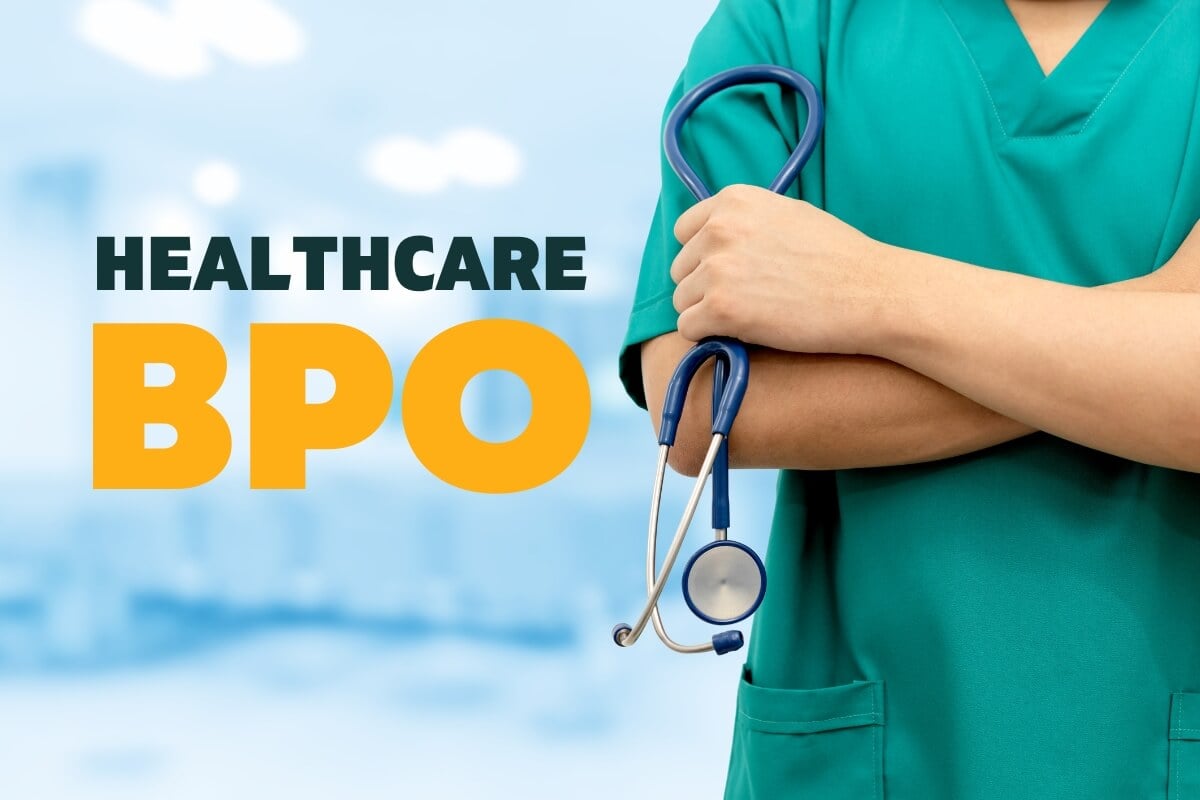Just How Healthcare RCM Solutions Streamline Payment and Collections
Just How Healthcare RCM Solutions Streamline Payment and Collections
Blog Article
A Comprehensive Guide on Just How Medical Care RCM Works to Simplify Billing and Collections
Browsing the intricacies of health care revenue cycle monitoring (RCM) is critical for providers intending to boost their billing and collections procedures. The guide unpacks the complexities of RCM, from individual registration to accounts receivable monitoring, offering insights into optimizing each action.
Understanding Income Cycle Monitoring
RCM is a critical management feature that incorporates the whole monetary procedure of client treatment, from the first consultation establishing to the last settlement of the equilibrium. It is an intricate treatment designed to recognize, collect, and manage the earnings from the services offered to people.
The RCM procedure begins when a person routines an appointment and expands via the patient's treatment journey, including billing and collections. An essential objective is to minimize the time between getting and providing a solution repayment, therefore improving the organization's financial wellness. RCM includes various features such as individual registration, insurance confirmation, fee capture, coding, asserts submission, settlement posting, and taking care of charms and rejections.
Key Components of RCM
In the world of Profits Cycle Monitoring (RCM), comprehending its essential elements is basic to attaining monetary efficiency within medical care organizations. RCM is a thorough process that encompasses different phases, each vital to guaranteeing reliable invoicing and collections. The main elements consist of individual registration, insurance coverage confirmation, fee capture, coding, claim entry, repayment publishing, and receivable administration.


When coded, claims are sent to payers, where precision is paramount to stay clear of beings rejected or delays - Healthcare RCM. Settlement publishing includes recording the gotten settlements, which enables the reconciliation of accounts. Finally, accounts receivable management concentrates on tracking and dealing with unpaid claims, making certain prompt follow-up and resolution
Each element of RCM is adjoined, and ineffectiveness in any kind of component can interrupt the entire cycle. Consequently, understanding these components is important for medical care suppliers to optimize profits and boost their financial health.
Techniques for Effective Invoicing

Systematizing payment procedures throughout the company is an additional key approach. Developing clear standards for documents, coding, and submission helps maintain uniformity and conformity with regulatory requirements. Training team on a regular basis on these procedures makes sure everybody is updated with the most up to date changes in payment codes and payer plans.
Exact cost capture is essential in preventing income leak. Applying regular audits and tracking systems enables the identification and correction of inconsistencies prior to they influence income. In addition, preserving open lines of communication with payers aids to swiftly solve any type of disputes or misconceptions that might arise.

Last but not least, interesting clients early in the payment procedure by giving clear estimates and instructional materials regarding their financial responsibilities can significantly lower confusion and boost settlement timeliness. These approaches jointly contribute to a more reliable and financially healthy and balanced payment system.
Enhancing Collections Procedures
Provided the intricacies of medical invoicing and the range of payer requirements, improving the collections procedure entails implementing calculated measures that view publisher site guarantee precise and timely repayment of solutions provided. Automation devices can help in tracking case standings, sending out prompt suggestions to patients, and managing denials more effectively.
Transparent and clear patient interactions are essential. Supplying thorough descriptions of charges and offering versatile repayment plans can boost client contentment and punctual settlements.
Routine audits of the collections process ought to be carried out to identify locations for improvement and ensure conformity with policies. By analyzing information, health care organizations can determine trends, expect potential problems, and adjust methods appropriately (Healthcare RCM). Inevitably, a well-enhanced collections process not just supports monetary health and wellness yet also adds to a more smooth experience for clients and team alike
Optimizing Earnings Streams
Building upon the foundation of a strong collections procedure, health care companies can better strengthen their financial security by strategically optimizing profits streams. This involves a multi-faceted method, beginning with a thorough evaluation of existing revenue resources to identify ineffectiveness and locations for growth. Employing advanced data analytics tools enables organizations to acquire insights right into payer mix, individual demographics, and service utilization patterns, permitting data-driven choices that enhance earnings capture.
Applying automated payment systems can considerably minimize errors and quicken insurance claims refining, making certain that revenue is collected extra efficiently. Additionally, maximizing payer agreements through regular settlements can improve reimbursement prices and terms, straight impacting the lower line. Expanding service offerings, such as including telehealth or health programs, can also attract a more comprehensive person base, therefore increasing revenue potential.
One more essential part is boosting person involvement and fulfillment, as satisfied people are most likely to adhere to treatment strategies and make prompt settlements. Supplying versatile settlement choices and transparent payment methods can have a peek here boost collections and foster patient commitment. Healthcare RCM. By embracing these methods, healthcare organizations can create an extra resilient economic framework, making sure sustained development and security in an ever-changing industry landscape
Conclusion
To conclude, health care Revenue Cycle Management (RCM) plays a crucial duty in enhancing payment and collections procedures by integrating crucial elements such as individual registration, insurance confirmation, cost capture, coding, declares submission, and balance due administration. By utilizing sophisticated technology, systematizing procedures, and promoting individual engagement, doctor can significantly lower claim rejections, increase payment cycles, and improve capital. This detailed approach to RCM eventually causes improved financial performance and sustainability for medical care organizations.
The RCM procedure begins when an individual routines an appointment and expands through the individual's care trip, including payment and collections.Another essential component is enhancing person engagement and fulfillment, as satisfied people are more likely to adhere to therapy plans and make prompt settlements. Supplying flexible settlement options and click for more transparent invoicing methods can boost collections and foster patient commitment.In conclusion, health care Revenue Cycle Administration (RCM) plays a critical duty in enhancing invoicing and collections procedures by incorporating essential parts such as individual enrollment, insurance coverage verification, cost capture, coding, asserts entry, and accounts receivable management. By utilizing innovative technology, standardizing treatments, and fostering patient involvement, medical care service providers can significantly lower case denials, increase settlement cycles, and enhance money circulation.
Report this page